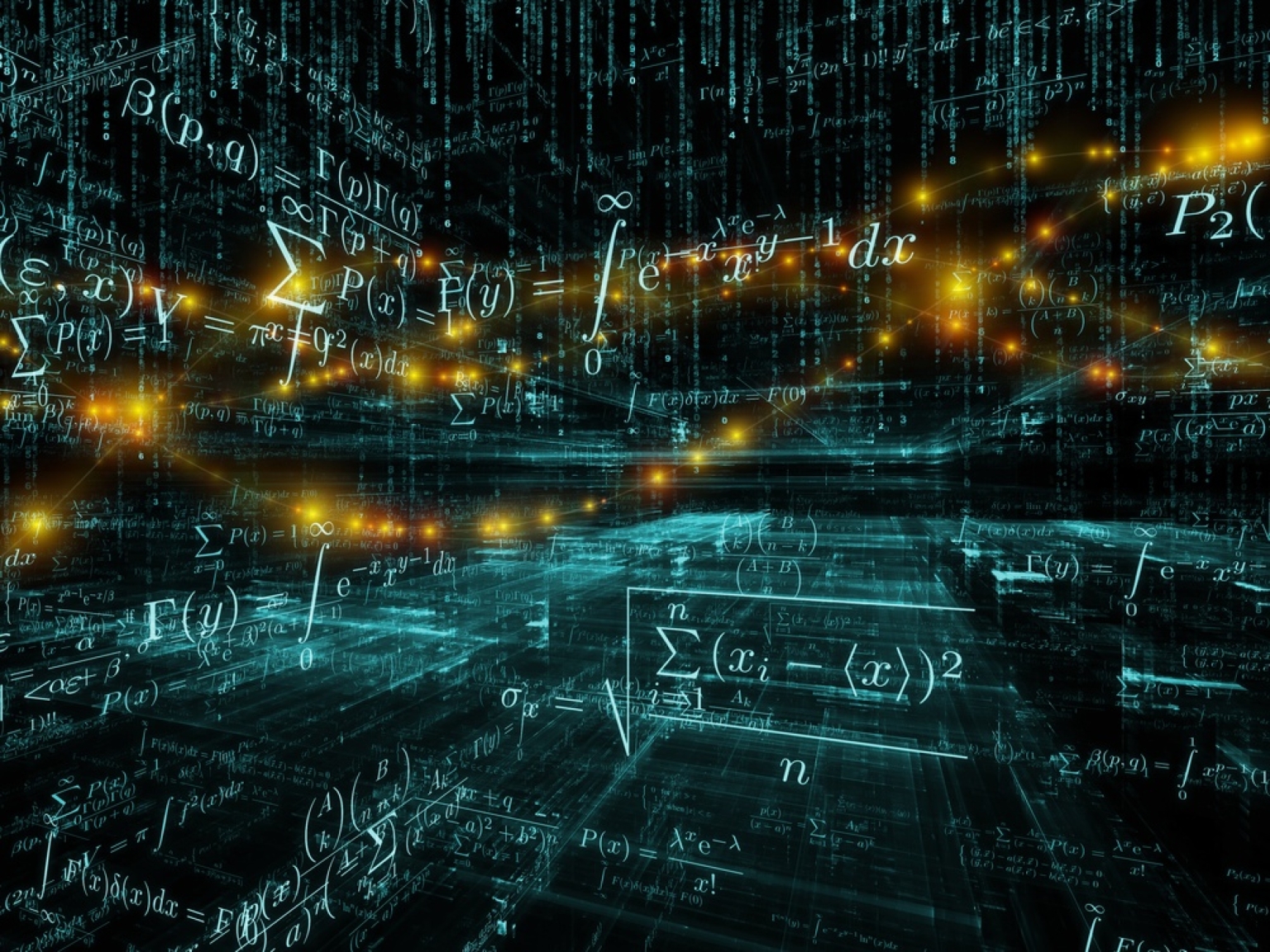Mathematics is often regarded as the foundation of computer science, underpinning its theoretical and practical facets. But what happens when we delve deeper into the intricate relationship between these two disciplines? How does mathematics not only support but also expand the scope of computer science? This contemplation invites us to explore the profound impact of mathematics on computer science, raising a challenge: Can we fully embrace the complexities of computational problems without a robust mathematical framework?
The interplay between mathematics and computer science can be appreciated through several key dimensions. First, let us consider the realm of algorithms. Any efficient algorithm, be it for sorting data or for navigating complex networks, is steeped in mathematical principles. Analyses of algorithms involve examining their time and space complexities, which inherently utilizes discrete mathematics. For example, the Big O notation—mathematics’s elegant way of expressing a function’s growth—is pivotal in determining how an algorithm behaves as its input scales. This raises the question: how do mathematicians and computer scientists collaborate to refine algorithmic approaches through rigorous mathematical scrutiny?
Moreover, the field of data structures is inextricably linked to mathematical concepts. From trees to graphs, each structure is defined by specific properties and relationships, often articulated through mathematical language. For instance, the fundamental principles of graph theory elucidate the connectivity and pathways in networks, which is crucial for modern applications like social media algorithms and internet routing. As engineers design more sophisticated systems, they must grapple with the challenge of optimizing these structures mathematically to achieve performance gains. This presents a fascinating opportunity for interdisciplinary research—which mathematical paradigms can be adopted to advance computational data handling?
Moving beyond the practical implications, mathematics also plays a transformative role in the theoretical framework of computer science. The Church-Turing thesis, a cornerstone of theoretical computer science, is rooted in mathematical logic. It posits that every computation can be performed by a Turing machine—a theoretical construct that relies heavily on mathematical principles. This relationship prompts inquiry into foundational issues: What are the limits of computation, and how do complexity classes such as NP and P emerge from mathematical considerations? Understanding these classifications not only enriches computer science but also poses profound philosophical questions about the nature of problem-solving.
Let’s also discuss the influence of mathematical statistics and probability theory on computer science. With the rise of machine learning and artificial intelligence, statistical methods are more relevant than ever. Algorithms that learn from data must utilize probabilistic models to make predictions and decisions. Bayesian inference, a technique rooted in probability, illustrates how prior knowledge can be incorporated into the learning process. The ability to quantify uncertainty is paramount for creating robust AI systems. This illustrates a remarkable intersection: how can we leverage mathematical intuitions from statistics to predict behaviors and trends in massive datasets?
The relationship between discrete mathematics and computer science extends into cryptography, an area of paramount importance in securing data. The security of communications today often hinges on mathematical constructs such as number theory and algebra. Techniques like RSA encryption rely on the properties of prime numbers and their difficulty to factor, which provides a computational challenge rooted in difficult mathematical problems. As the landscape of cybersecurity evolves, the question looms: how can new mathematical findings bolster our defenses against emerging threats in the digital sphere?
Furthermore, the architecture of computer systems is heavily informed by mathematical logic and set theory. Boolean algebra, which deals with true and false values, is instrumental in circuit design and programming. The realization that logical operations can be represented mathematically allows for streamlined relational database management and query optimization. This suggests another avenue of exploration: how does the evolution of logical frameworks impact the design of efficient computer architectures?
In considering the future of the interaction between mathematics and computer science, we must also reflect on the challenges and responsibilities that arise. The rapid advancement of computational power has enabled simulations and models that were once impractical, broadening the horizons across disciplines from physics to economics. However, as we harness this power, we must question our ethical responsibilities. The decisions made on the basis of mathematical models can have far-reaching implications. How do we ensure that the models we craft with mathematical rigor are ethical, transparent, and serve the public good?
The impact of mathematics on computer science is undeniably profound, weaving through the very fabric of algorithms, data structures, theoretical constructs, statistics, cryptography, and logic. In each domain, mathematics not only provides tools and frameworks but also inspires novel inquiries and challenges, pushing the boundaries of what is possible within computational realms. To fully harness the potential of computer science, we must continue to engage with mathematical theory, fostering a symbiotic relationship that encourages innovation, ethical scrutiny, and intellectual growth. As we ponder these connections, one must ask: can we navigate the complexities of an increasingly digital world without a rigorous and introspective mathematical analysis?












